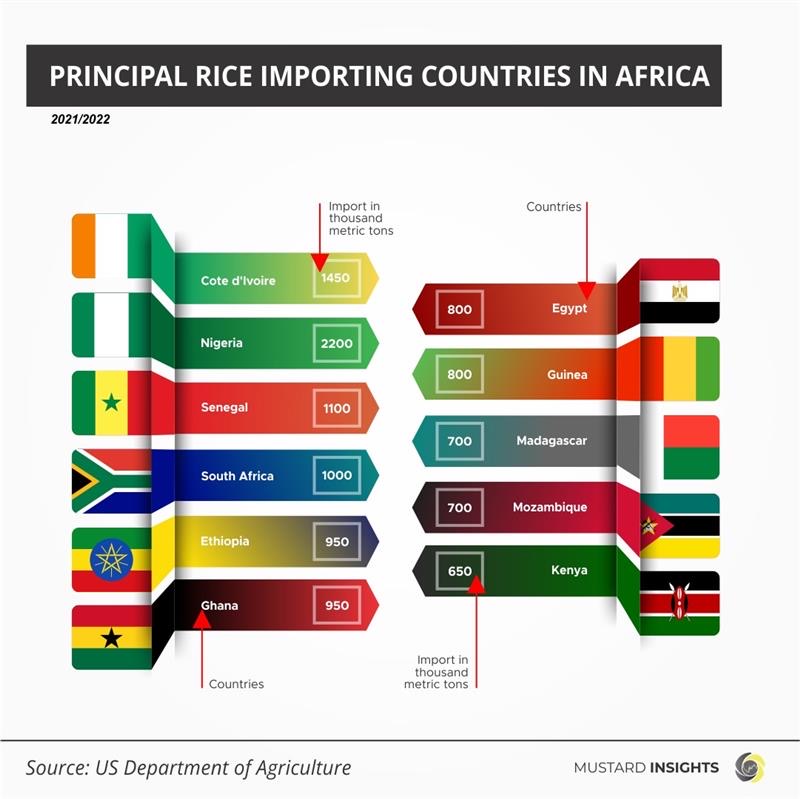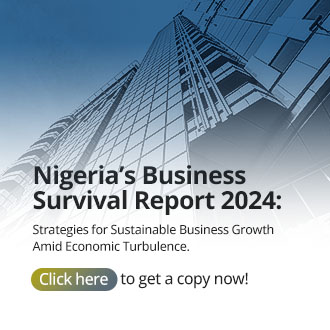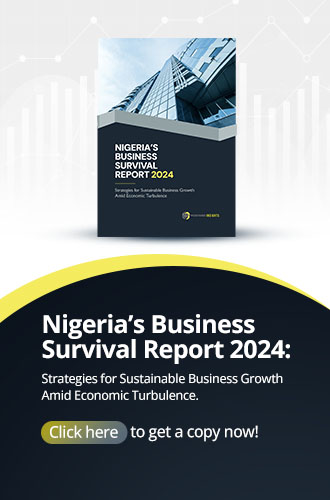Rice is the most popular staple food on the African continent with a consumption rate of 11.5 million tonnes annually. Of that, 33.6% are imported. In Nigeria, the data is even more daunting as it currently stands as the largest importer of rice on the African continent. In fact, if you asked most Nigerians what their favourite Nigerian meal is, it would probably be some variation of rice.

Rice is the most popular staple food on the African continent, with a consumption rate of 11.5 million tonnes annually. Of that, 33.6% are imported. In Nigeria, the data is even more daunting as it currently stands as the largest importer of rice on the African continent. In fact, if you asked most Nigerians what their favourite Nigerian meal is, it would probably be some variation of rice.
Even though Nigeria thrives as the 13th largest producer of rice, the demand for the staple food remains far outweighs local production. Consequently, it is not surprising to find that Nigeria is the largest importer of rice in Africa. In 2021 alone, Nigeria imported 2,200,000 metric tonnes of rice. This is one of the reasons the federal government had requested that its borders be closed from Benin and rice importation should cease, howbeit temporarily.
Cote D’Ivoire comes closely with the importation of 1,400,000 metric tonnes of rice in 2021 alone. Senegal and South Africa also rank high on the list of countries with the largest importation of rice as they imported 1,100,000 metric tonnes of rice and 1,000,000 metric tonnes of rice respectively. Ethiopia and Ghana are next with 950,000 metric tonnes of rice in 2021.
Egypt and Guinea also come close with 800,000 metric tonnes of rice imported into both countries each. Madagascar and Mozambique each imported 700,000 metric tonnes of rice into both countries in 2021. Finally, Kenya comes last on the list with 650,000 metric tonnes of rice imported in 2021.
These figures depict the ironical state in many African countries today. While there are readily available resources to bridge these supply gaps, there is ardent need for increased investments towards tapping its underutilized production capacity.
While food production still hovers a slower pace than the nation’s population, various interventions have been put in place by its federal government and its central bank to mitigate the challenge. However, it is important for production to grow at a steady pace in order to reduce its overreliance on importation.
Thoughts?
We won't share your email address. All fields are required.
